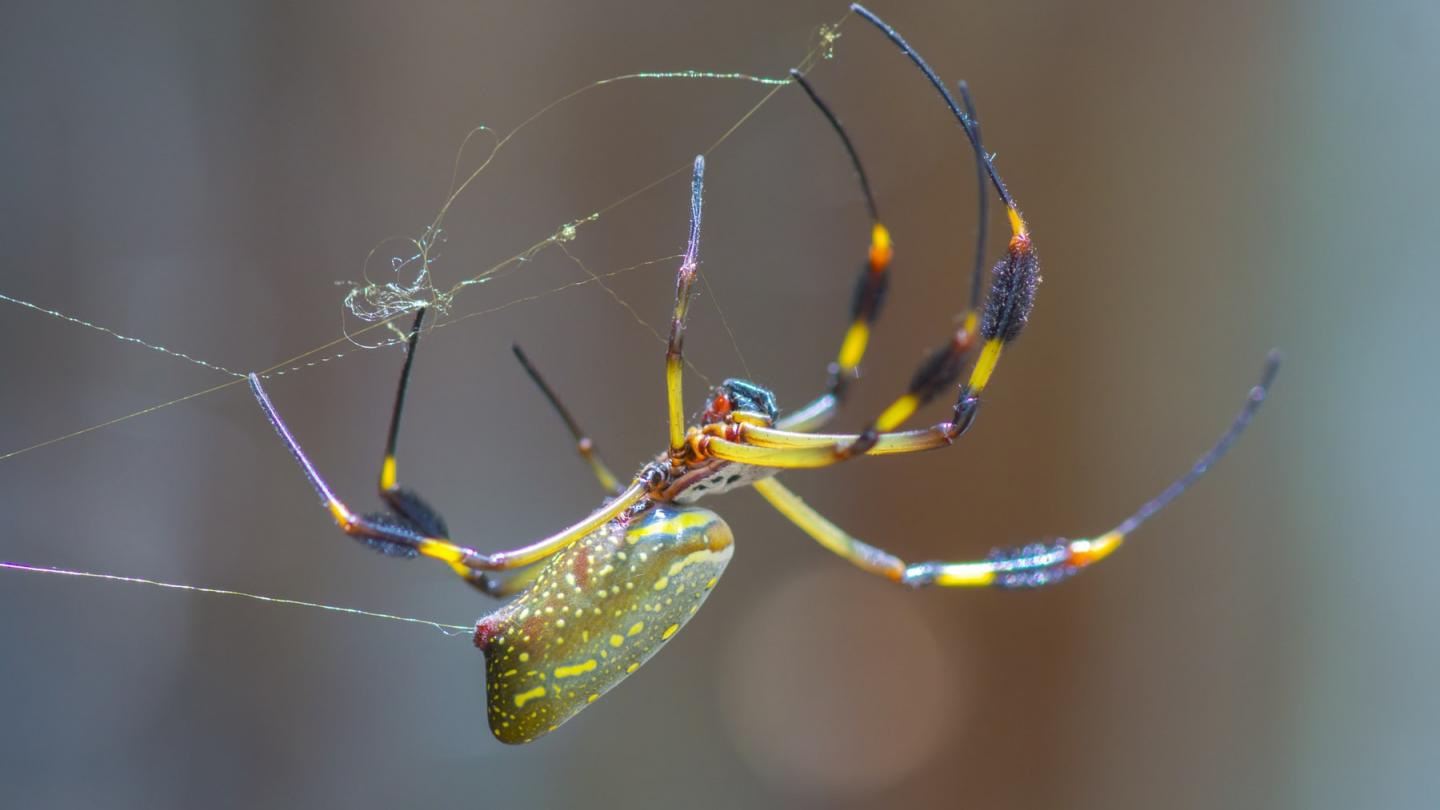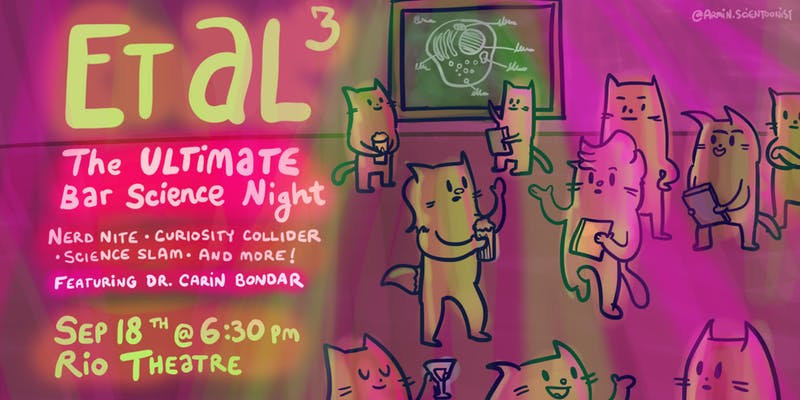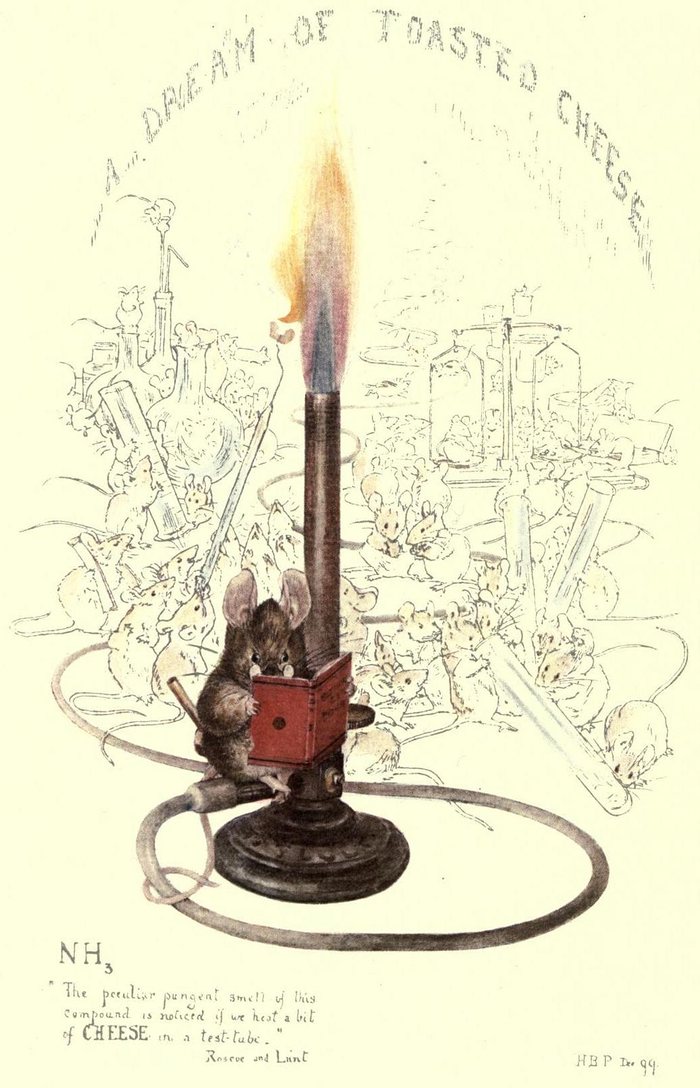This is the first time I’ve seen wearable tech based on biological material, in this case, fungi. In diving further into this material (wordplay intended), I discovered some previous work on using fungi for building materials, which you’ll find later in this posting.
Wearable tech and more
A January 18, 2021 news item on phys.org provides some illumination on the matter,
Fungi are among the world’s oldest and most tenacious organisms. They are now showing great promise to become one of the most useful materials for producing textiles, gadgets and other construction materials. The joint research venture undertaken by the University of the West of England, Bristol, the U.K. (UWE Bristol) and collaborators from Mogu S.r.l., Italy, Istituto Italiano di Tecnologia, Torino, Italy and the Faculty of Computer Science, Multimedia and Telecommunications of the Universitat Oberta de Catalunya (UOC) has demonstrated that fungi possess incredible properties that allow them to sense and process a range of external stimuli, such as light, stretching, temperature, the presence of chemical substances and even electrical signals. [emphasis mine]
This could help pave the way for the emergence of new fungal materials with a host of interesting traits, including sustainability, durability, repairability and adaptability. Through exploring the potential of fungi as components in wearable devices, the study has verified the possibility of using these biomaterials as efficient sensors with endless possible applications.
A January 18, 2021 Universitat Oberta de Catalunya (UOC) press release (also on EurekAlert), which originated the news item, describes this vision for future wearable tech based on fungi,
Fungi to make smart wearables even smarter
People are unlikely to think of fungi as a suitable material for producing gadgets, especially smart devices such as pedometers or mobile phones. Wearable devices require sophisticated circuits that connect to sensors and have at least some computing power, which is accomplished through complex procedures and special materials. This, roughly speaking, is what makes them “smart”. The collaboration of Prof. Andrew Adamatzky and Dr. Anna Nikolaidou from UWE Bristol’s Unconventional Computing Laboratory, Antoni Gandia, Chief Technology Officer at Mogu S.r.l., Prof. Alessandro Chiolerio from Istituto Italiano di Tecnologia, Torino, Italy and Dr. Mohammad Mahdi Dehshibi, researcher with the UOC’s Scene Understanding and Artificial Intelligence Lab (SUNAI) have demonstrated that fungi can be added to the list of these materials.
Indeed, the recent study, entitled “Reactive fungal wearable” and featured in Biosystems, analyses the ability of oyster fungus Pleurotus ostreatus to sense environmental stimuli that could come, for example, from the human body. In order to test the fungus’s response capabilities as a biomaterial, the study analyses and describes its role as a biosensor with the ability to discern between chemical, mechanical and electrical stimuli.
“Fungi make up the largest, most widely distributed and oldest group of living organisms on the planet,” said Dehshibi, who added, “They grow extremely fast and bind to the substrate you combine them with”. According to the UOC researcher, fungi are even able to process information in a way that resembles computers.
“We can reprogramme a geometry and graph-theoretical structure of the mycelium networks and then use the fungi’s electrical activity to realize computing circuits,” said Dehshibi, adding that, “Fungi do not only respond to stimuli and trigger signals accordingly, but also allow us to manipulate them to carry out computational tasks, in other words, to process information”. As a result, the possibility of creating real computer components with fungal material is no longer pure science fiction. In fact, these components would be capable of capturing and reacting to external signals in a way that has never been seen before.
Why use fungi?
These fungi have less to do with diseases and other issues caused by their kin when grown indoors. What’s more, according to Dehshibi, mycelium-based products are already used commercially in construction. He said: “You can mould them into different shapes like you would with cement, but to develop a geometric space you only need between five days and two weeks. They also have a small ecological footprint. In fact, given that they feed on waste to grow, they can be considered environmentally friendly”.
The world is no stranger to so-called “fungal architectures” [emphasis mine], built using biomaterials made from fungi. Existing strategies in this field involve growing the organism into the desired shape using small modules such as bricks, blocks or sheets. These are then dried to kill off the organism, leaving behind a sustainable and odourless compound.
But this can be taken one step further, said the expert, if the mycelia are kept alive and integrated into nanoparticles and polymers to develop electronic components. He said: “This computer substrate is grown in a textile mould to give it shape and provide additional structure. Over the last decade, Professor Adamatzky has produced several prototypes of sensing and computing devices using the slime mould Physarum polycephalum, including various computational geometry processors and hybrid electronic devices.”
The upcoming stretch
Although Professor Adamatzky found that this slime mould is a convenient substrate for unconventional computing, the fact that it is continuously changing prevents the manufacture of long-living devices, and slime mould computing devices are thus confined to experimental laboratory set-ups.
However, according to Dehshibi, thanks to their development and behaviour, basidiomycetes are more readily available, less susceptible to infections, larger in size and more convenient to manipulate than slime mould. In addition, Pleurotus ostreatus, as verified in their most recent paper, can be easily experimented on outdoors, thus opening up the possibility for new applications. This makes fungi an ideal target for the creation of future living computer devices.
The UOC researcher said: “In my opinion, we still have to address two major challenges. The first consists in really implementing [fungal system] computation with a purpose; in other words, computation that makes sense. The second would be to characterize the properties of the fungal substrates via Boolean mapping, in order to uncover the true computing potential of the mycelium networks.” To word it another way, although we know that there is potential for this type of application, we still have to figure out how far this potential goes and how we can tap into it for practical purposes.
We may not have to wait too long for the answers, though. The initial prototype developed by the team, which forms part of the study, will streamline the future design and construction of buildings with unique capabilities, thanks to their fungal biomaterials. The researcher said: “This innovative approach promotes the use of a living organism as a building material that is also fashioned to compute.” When the project wraps up in December 2022, the FUNGAR project will construct a large-scale fungal building in Denmark and Italy, as well as a smaller version on UWE Bristol’s Frenchay Campus.
Dehshibi said: “To date, only small modules such as bricks and sheets have been manufactured. However, NASA [US National Aeronautics Space Administration] is also interested in the idea and is looking for ways to build bases on the Moon and Mars to send inactive spores to other planets.” To conclude, he said: “Living inside a fungus may strike you as odd, but why is it so strange to think that we could live inside something living? It would mark a very interesting ecological shift that would allow us to do away with concrete, glass and wood. Just imagine schools, offices and hospitals that continuously grow, regenerate and die; it’s the pinnacle of sustainable life.”
For the Authors of the paper, the point of fungal computers is not to replace silicon chips. Fungal reactions are too slow for that. Rather, they think humans could use mycelium growing in an ecosystem as a “large-scale environmental sensor.” Fungal networks, they reason, are monitoring a large number of data streams as part of their everyday existence. If we could plug into mycelial networks and interpret the signals, they use to process information, we could learn more about what was happening in an ecosystem.
Here’s a link to and a citation for the paper,
Reactive fungal wearable by Andrew Adamatzky, Anna Nikolaidou, Antoni Gandia, Alessandro Chiolerio, Mohammad Mahdi Dehshibi. Biosystems Volume 199, January 2021, 104304 DOI: https://doi.org/10.1016/j.biosystems.2020.104304
This paper is behind a paywall.
Fungal architecture and building materials
Here’s a video, which shows the work which inspired the fungal architecture that Dr. Dehshibi mentioned in the press release about wearable tech,
The video shows a 2014 Hy-Fi installation by The Living for MoMA (Museum of Modern Art) PS1 in New York City. Here’s more about HyFi and what it inspired from a January 15, 2021 article by Caleb Davies for the EU (European Union) Research and Innovation Magazine and republished on phys.org (Note: Links have been removed),
In the summer of 2014 a strange building began to take shape just outside MoMA PS1, a contemporary art centre in New York City. It looked like someone had started building an igloo and then got carried away, so that the ice-white bricks rose into huge towers. It was a captivating sight, but the truly impressive thing about this building was not so much its looks but the fact that it had been grown.
The installation, called Hy-Fi, was designed and created by The Living, an architectural design studio in New York. Each of the 10,000 bricks had been made by packing agricultural waste and mycelium, the fungus that makes mushrooms, into a mould and letting them grow into a solid mass.
This mushroom monument gave architectural researcher Phil Ayres an idea. “It was impressive,” said Ayres, who is based at the Centre for Information Technology and Architecture in Copenhagen, Denmark. But this project and others like it were using fungus as a component in buildings such as bricks without necessarily thinking about what new types of building we could make from fungi.
That’s why he and three colleagues have begun the FUNGAR project—to explore what kinds of new buildings we might construct out of mushrooms.
…
FUNGAR (Fungal Architectures) can be found here, Mogu can be found here, and The Living can be found here.






![The image, shown [above], explores new ways of controlling the spread of bacteria and fungi through the use of nanostructured surfaces (NSS). Many insects have NSS that kill microbes on the outermost layer of their exoskeletons, protecting them from infection. Kyle’s research concentrates on creating new synthetic NSS materials in the lab that resemble those found in nature. Congratulations to Kyle! [downloaded from http://www.nano.gov/node/1397]](http://www.frogheart.ca/wp-content/uploads/2015/05/2015-EnvisioNanoWinnder-300x201.png)